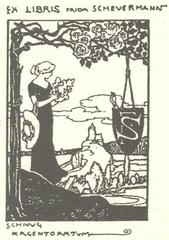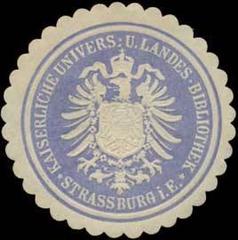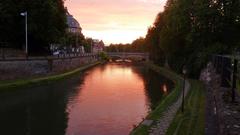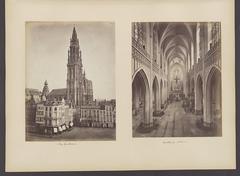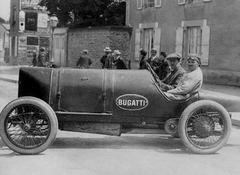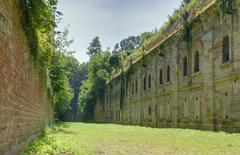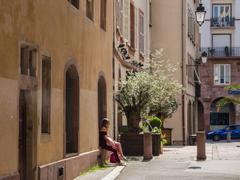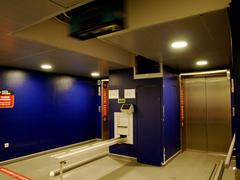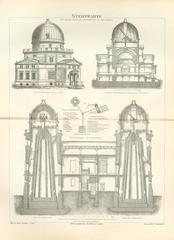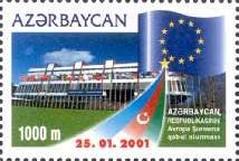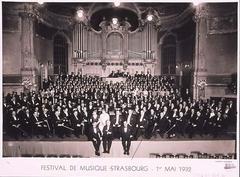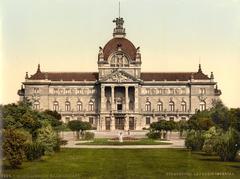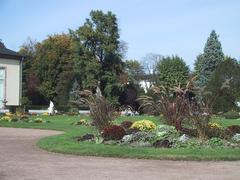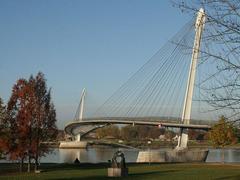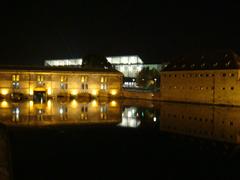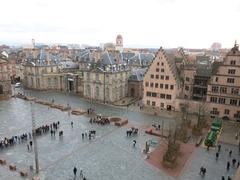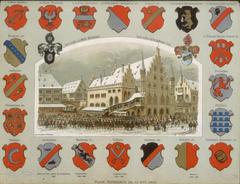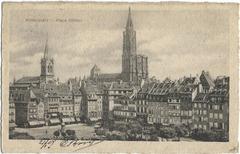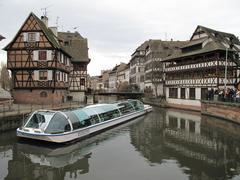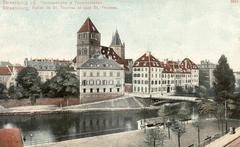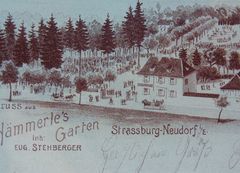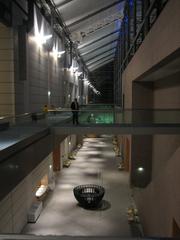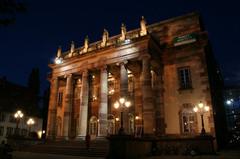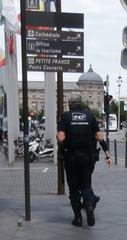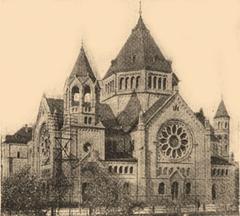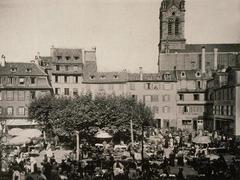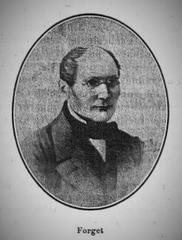
Stolperstein René Knecht Strasbourg: Visiting Hours, Tickets, and Historical Significance
Date: 03/07/2025
Introduction
The Stolperstein dedicated to René Knecht in Strasbourg stands as a powerful memorial to Alsace’s complex wartime history and the often-overlooked fate of the “Malgré-nous”—men forcibly conscripted into the German army during World War II. Embedded in the city’s urban landscape, this Stolperstein not only honors René Knecht, who lost his life at 18 on the Eastern Front, but also broadens public remembrance to include those whose suffering was long marginalized. This guide provides detailed historical context, practical visitor information, and recommendations for engaging meaningfully with Strasbourg’s culture of memory.
Table of Contents
- Historical Context: Alsace-Moselle, WWII, and the “Malgré-nous”
- The Life and Fate of René Knecht
- The Stolpersteine Project: Memorial Philosophy and Practice
- Visiting the René Knecht Stolperstein
- Inauguration and Commemoration
- Significance and Unique Aspects
- Visitor Experience: Reflection and Remembrance
- Frequently Asked Questions (FAQ)
- Sources and Further Reading
Historical Context: Alsace-Moselle, WWII, and the “Malgré-nous”
After France’s defeat in June 1940, Alsace and Moselle were annexed by Nazi Germany. The annexation imposed German law, language, and culture on the region’s French-speaking population and, from 1942, led to the forced conscription of over 130,000 young men into the Wehrmacht and Waffen-SS. These men became known as “Malgré-nous”—“despite ourselves”—emphasizing the lack of choice and traumatic nature of their conscription (BFMTV; Wikipedia). Many families were torn apart; over 30,000 conscripts died or went missing, and survivors often faced suspicion or ostracism after the war (TIME Archive).
The Life and Fate of René Knecht
René Knecht was born in 1925 in Strasbourg’s Robertsau district. At just 18, he was forcibly conscripted as a “Malgré-nous” and sent to the Eastern Front, where he died in Hungary on October 8, 1944 (Wikipedia; DNA). His brother Jacques managed to escape and join the French Resistance, highlighting the differing paths forced upon local families.
The Knecht brothers’ story encapsulates the difficult choices and tragedies faced by Alsatian families under occupation, and their memory is now honored at the threshold of their former home.
The Stolpersteine Project: Memorial Philosophy and Practice
Initiated by German artist Gunter Demnig in 1993, the Stolpersteine project is the world’s largest decentralized Holocaust memorial (Stolpersteine FAQ). Each Stolperstein (“stumbling stone”) is a 10x10 cm brass-plated concrete block, inscribed with the victim’s name and fate, and installed at their last freely chosen residence or workplace (Stolpersteine Guide). The project’s philosophy is to restore individuality and dignity to all those persecuted by the Nazis—Jews, Roma, political prisoners, forced conscripts, and others—by integrating remembrance into everyday public space.
In Strasbourg, the association Stolpersteine 67 manages research and installation, involving families and schools to foster intergenerational memory (Enjoy Strasbourg; Batorama).
Visiting the René Knecht Stolperstein
Location and Access
- Address: 7, rue de l’Ill, 67000 Strasbourg (Robertsau district), in front of the Knecht family’s last home (Mapcarta).
- Transport: Tram line E, “Robertsau Boecklin” stop, then a short walk. Cycling and walking from the city center are also convenient. Limited street parking is available.
Visiting Hours and Ticketing
- Open 24/7: Embedded in a public sidewalk, the Stolperstein is accessible at any time, year-round.
- Free of charge: No ticket or reservation is required.
Accessibility
- The site is wheelchair accessible; sidewalks are generally flat, but some unevenness may occur. Public transport stops nearby are adapted for persons with reduced mobility.
Guided Tours and Visitor Tips
- Local organizations such as Stolpersteine 67 occasionally offer guided walks and educational events that include the Knecht brothers’ Stolpersteine. Booking in advance is recommended during peak seasons.
- Visitors are encouraged to pause, reflect, and if desired, gently clean the brass plaque—a traditional act of remembrance.
- Discreet photography is permitted; please be mindful of residents.
Nearby Alsace Historical Sites
- The Robertsau district is tranquil and residential, with nearby green spaces like Parc de l’Ill and cultural sites including Strasbourg’s Old Town and the European Parliament.
- For further context, visit the Musée Alsacien or the Strasbourg Historical Museum.
Inauguration and Commemoration
The Stolpersteine for René and Jacques Knecht were inaugurated on June 17, 2024—a historic first in France, as they are the country’s first Stolpersteine dedicated to “Malgré-nous” forced conscripts (France 3 Régions). The ceremony brought together family, local officials, students, and community members. Music and multilingual readings underscored the cross-generational and multicultural commitment to remembrance (MRAP Strasbourg; École Européenne Strasbourg).
Significance and Unique Aspects
The Knecht brothers’ Stolpersteine expand the scope of remembrance in France, marking the first recognition of “Malgré-nous” conscripts within this European memorial movement (Cotad). Traditionally focused on Jewish victims, the project’s inclusion of forced conscripts reflects ongoing efforts to address the full complexity of Nazi persecution and the region’s history.
This approach aligns with the Stolpersteine project’s mission to restore dignity to all victims and encourages communities to confront nuanced narratives of identity, trauma, and resilience.
Visitor Experience: Reflection and Remembrance
At the site, visitors are invited to:
- Pause and read the inscription, restoring presence to René Knecht’s memory.
- Participate in community remembrance through cleaning the stone or joining commemorative events.
- Explore digital resources or download the Audiala app for audio guides and interactive maps (Stolpersteine 67; Stolpersteine Guide).
The act of remembrance at these sites is both personal and public, linking the past with present-day values of empathy and historical responsibility.
Frequently Asked Questions (FAQ)
What are Stolpersteine?
Small brass memorial plaques embedded in sidewalks, commemorating individual victims of Nazi persecution at their last chosen residence (Stolpersteine FAQ).
Where is the René Knecht Stolperstein located?
At 7, rue de l’Ill, 67000 Strasbourg, in the Robertsau district (Mapcarta).
When can I visit and do I need a ticket?
The Stolperstein is accessible free of charge, 24/7.
Are guided tours available?
Yes, through local associations such as Stolpersteine 67; check their website or Strasbourg’s tourism office for schedules.
Is the site accessible for people with disabilities?
Yes, the sidewalk is generally accessible and nearby public transport is adapted for reduced mobility.
Sources and Further Reading
- BFMTV
- Wikipedia
- Stolpersteine Guide
- France 3 Régions
- DNA
- MRAP Strasbourg
- Enjoy Strasbourg
- Stolpersteine FAQ
- TIME Archive
- École Européenne Strasbourg
- Cotad
- Batorama
- Mapcarta
- Stolpersteine 67
By visiting the Stolperstein for René Knecht, you participate in a living act of remembrance—honoring not only an individual life, but the enduring struggle for dignity, memory, and reconciliation in Alsace and Europe.


